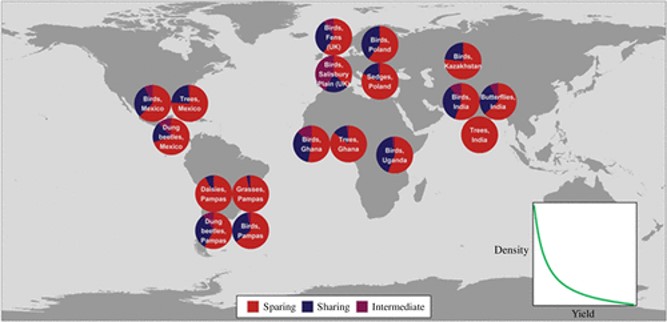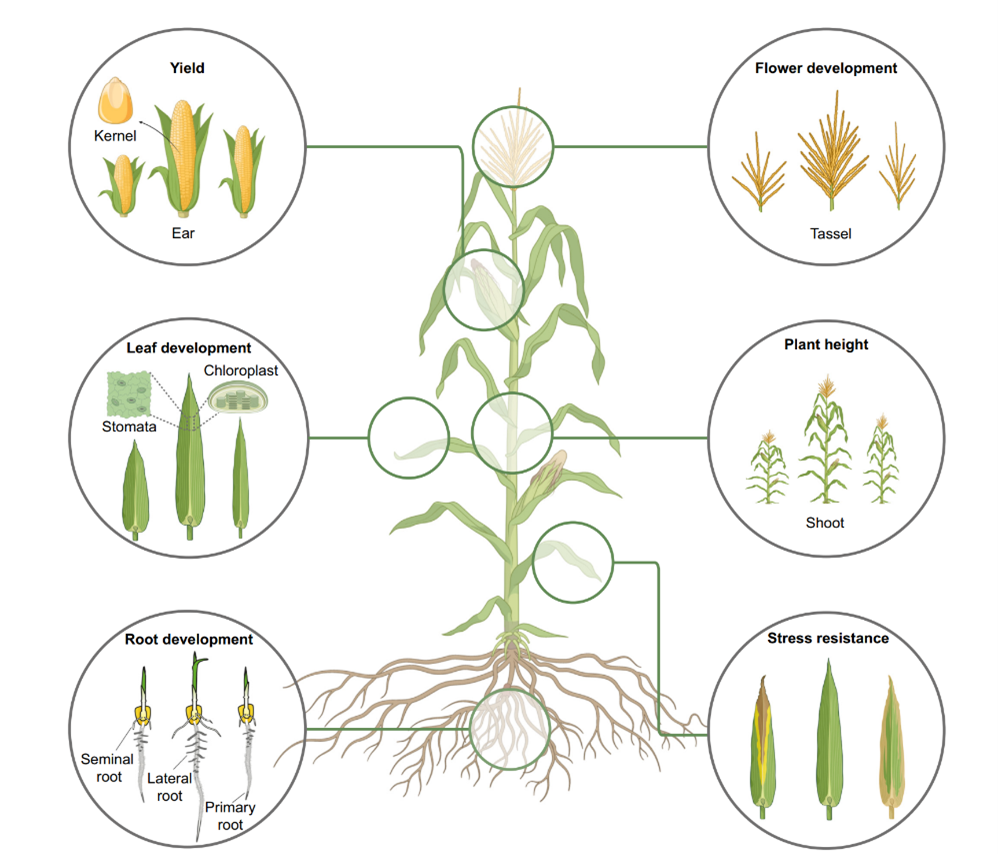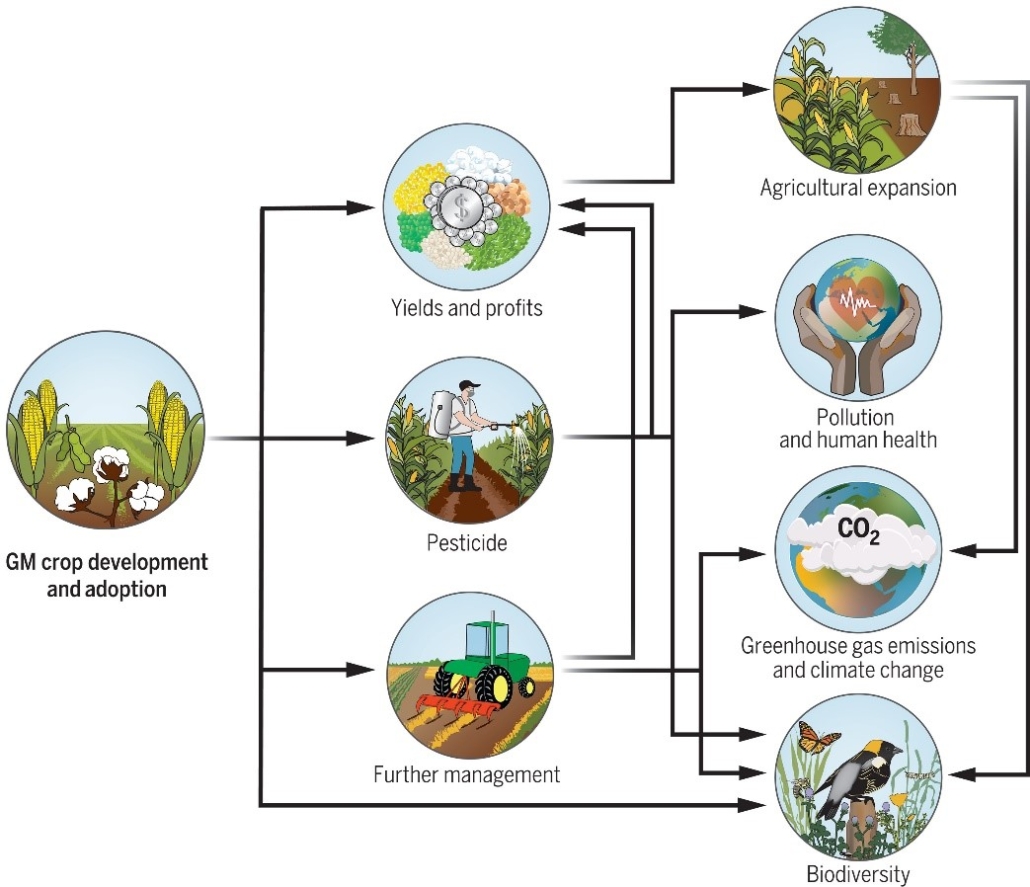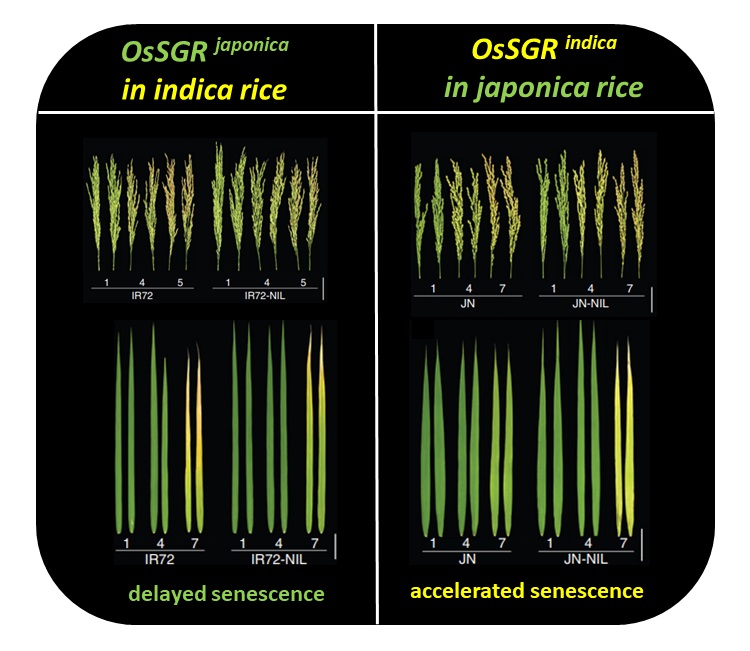
Review: High-yield farming is essential to slow biodiversity loss
Plant Science Research WeeklyIt’s 2025, and although we live in a world saturated with information, is increasingly difficult to sort fact from propaganda or fiction. This is true in all arenas, including plant science. Calls for strategies to improve crop yields are sometimes met with criticisms that higher yielding crops would…

Review: Molecular concepts to explain heterosis in crops
Plant Science Research WeeklyHeterosis, the phenomenon where hybrid plants outperform their genetically distinct parents, is a cornerstone of modern agriculture. This review by Hochholdinger and Yu explores the molecular mechanisms behind heterosis. The review traces the history of heterosis, from its early discovery in tobacco…

Review: Genetically modified crops and their multifaceted impact on the environment
Plant Science Research WeeklyThe development of genetically modified (GM) crops aims to improve agricultural yields in the field. However, their incorporation into agricultural systems is complex, as regulations and acceptance vary globally. While some countries embrace GM crops with herbicide and insect resistance traits, others…

Commentary: Time to fight the over-hype
Plant Science Research WeeklyA year ago, graduate student Merritt Khaipho-Burch Tweeted a reaction to an article about a gene described as enhancing yield, which led to lively on-line and in-the-lunchroom discussions about how to realistically measure yield, and, maybe more importantly, where to draw the line between potential and…

Review: Chronoculture: improving crop yield and sustainability by exploiting the plant circadian cycle ($) (Science)
Plant Science Research WeeklyThe circadian cycle affects almost all eukaryotic cells. In the case of plants, circadian rhythms affect many processes including the supply of carbon during the night for respiration and growth, and many other agricultural traits. The use of this knowledge for adapting agronomic practices or to alter…

Natural Allelic Variation Improves Nitrogen Use Efficiency in Rice
Blog, Research, The Plant Cell, The Plant Cell: In a NutshellZhang, Zhu, Shen, Ji et al. discover a way to enhance nitrogen use efficiency and grain yield in rice. The Plant Cell (2020) https://bit.ly/3s3bLb3
Background: Nitrogen (N), an essential element for crop growth, is provided to plants by external fertilizer application. However, the excessive use…

Wheat yield potential in controlled-environment vertical farms (Proc. Natl. Acad. Sci. USA)
Plant Science Research WeeklyWhen I think of vertical farms, I imagine baby lettuces and basil: small, leaf crops that benefit from growing close to the consumer. Here, Asseng et al. evaluate the potential to grow wheat, a staple seed crop, in a vertical farm system. Previous studies have demonstrated that wheat can be grown successfully…

Natural variations at the Stay-Green gene promoter control lifespan and yield in rice cultivars (Nature Comms)
Plant Science Research WeeklyCrop production is greatly influenced by the duration of the last stage of plant life cycle, senescence, through degradation of resources in leaves and remobilization of nutrients to developing seeds. Indeed, higher grain yield of important cereals such as maize and sorghum can be achieved by using stay-green…

ARGONAUTE2 enhances grain length and salt tolerance by activating BIG GRAIN3 to modulate cytokinin distribution in rice (Plant Cell)
Plant Science Research WeeklyIs it possible to simultaneously increase two incompatible features like grain yield and stress tolerance? Yin et al. suggest that optimizing cytokinin distribution in plant tissues is a promising strategy for that. ARGONAUTE2 (AGO2) and BIG GRAIN3 (BG3) genes work together promoting at the same time…

